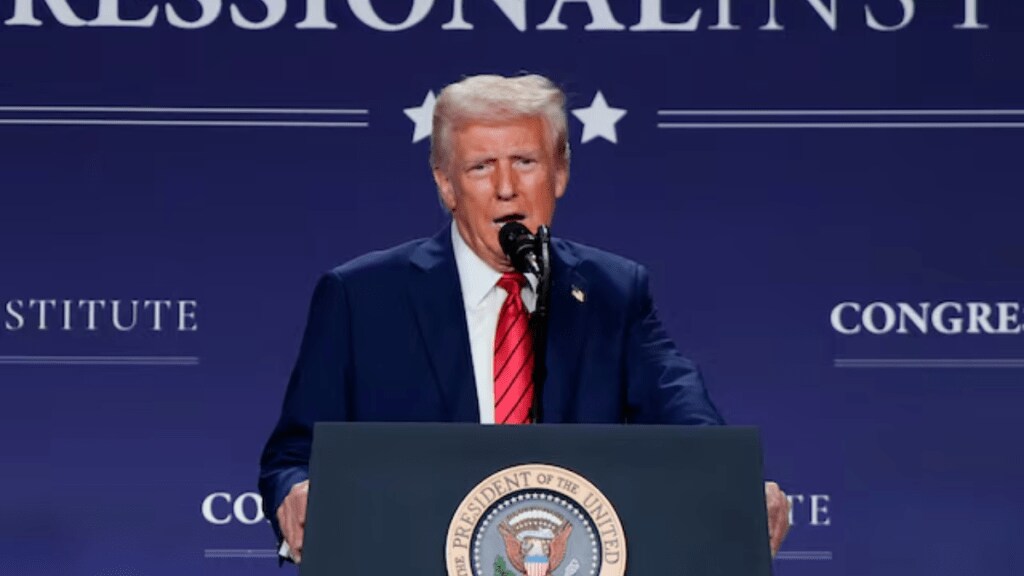The Trump administration has begun drafting an executive order aimed at initiating the process of eliminating the Department of Education, sources familiar with the plan told CNN. The move aligns with former President Donald Trump’s campaign promises to reduce federal oversight in education and shift control to the states.
According to sources, the proposed executive order would direct the Education Secretary to create a plan to scale down the department through executive action. Additionally, Trump plans to push Congress to pass legislation formally dissolving the department, acknowledging that congressional approval is necessary for such a move.
Trump reiterated his stance on Tuesday, stating that he wants his nominee for Education Secretary, Linda McMahon, to “put herself out of a job.” McMahon, who previously led the Small Business Administration during Trump’s first term, has yet to undergo a confirmation hearing for the post, reported CNN.
Efforts to abolish or merge the Education Department with another federal agency have historically faced resistance in Congress. During Trump’s first term, his administration proposed combining the Education and Labor Departments, but the Republican-controlled Congress did not act on the plan.
This year, the Education Department is also under scrutiny from the Department of Government Efficiency, led by Elon Musk. On Friday, dozens of Education Department employees were placed on paid administrative leave as part of the administration’s broader effort to remove personnel linked to diversity, equity, inclusion, and accessibility initiatives.
Trump has consistently criticized the Education Department, framing it as an example of federal overreach and linking it to cultural issues. On the campaign trail, he vowed to “drain the government education swamp” and stop what he describes as taxpayer-funded indoctrination.
He also pointed to the high costs of U.S. education compared to other nations. “We spend more per pupil than any other country in the world, and we’re ranked at the bottom of the list,” Trump said, emphasizing his preference for states to manage education independently.
Even if the department were dismantled, some of its programs and funding—such as aid for low-income students and children with disabilities—could be reassigned to other federal agencies. These programs existed before the department’s creation in 1979.
Historically, attempts to cut the Education Department’s budget have been met with resistance in Congress. A Brookings Institution analysis found that, in 71% of cases, lawmakers appropriated more funds than requested, even when Trump’s first administration proposed budget reductions.
Despite past obstacles, Trump appears determined to move forward with his plan, setting the stage for a contentious battle over the future of federal education policy.


